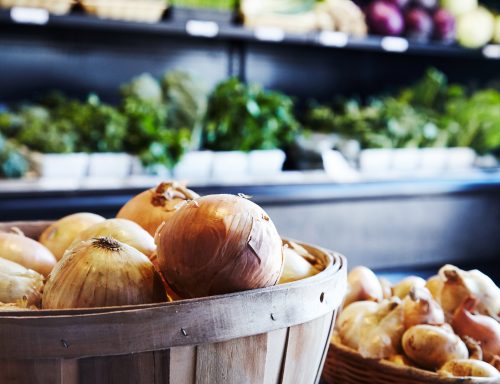Eating seasonally doesn’t need to be daunting or difficult. This year, at the beginning of each month, we are going to share with you all the different foods that are in season. Seasonal foods are better for a variety of reasons – they have the most flavor, they have minimal effects on the environment, and they generally cost less! Our hope is that by sharing this information with you, eating seasonally will become almost second nature. When you know the best time to eat certain foods, you can maximize your eating experience all year!
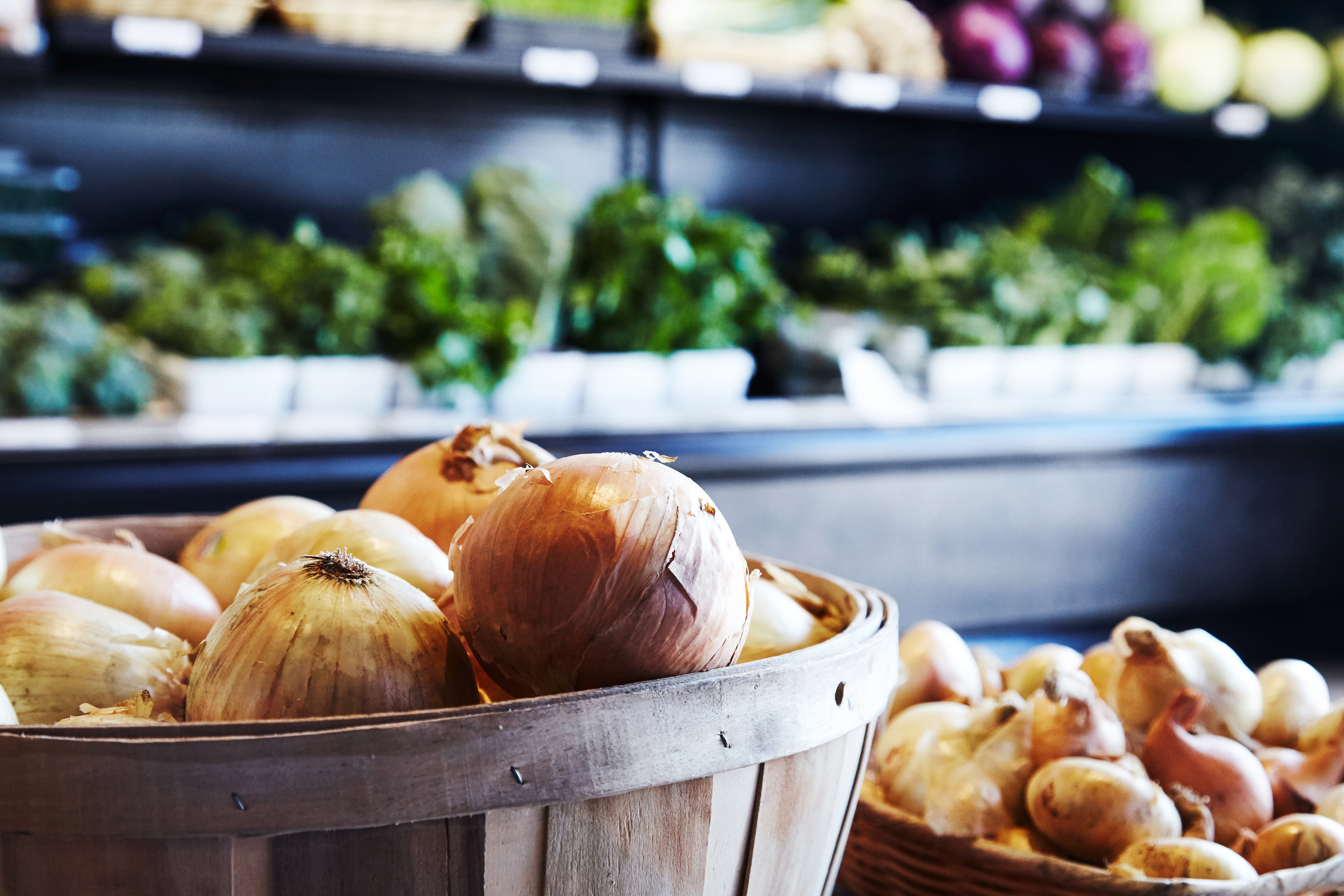
Beets
Beets don’t get enough credit. This powerhouse root vegetable is a mean, lean and utterly delicious. One of the best parts about beets is that the entire vegetable is edible. From the greens to it’s tip, you can use beets in a variety of ways. In addition to being very versatile, they also house amazing health benefits. From detoxifying your body with antioxidants to giving you a great source of key vitamins and minerals, we definitely recommend chowing down on some beets this month. Enjoy them in a salad, spiralize them into noodles, or even whip up a quick hummus dip! The possibilities are endless with beets.
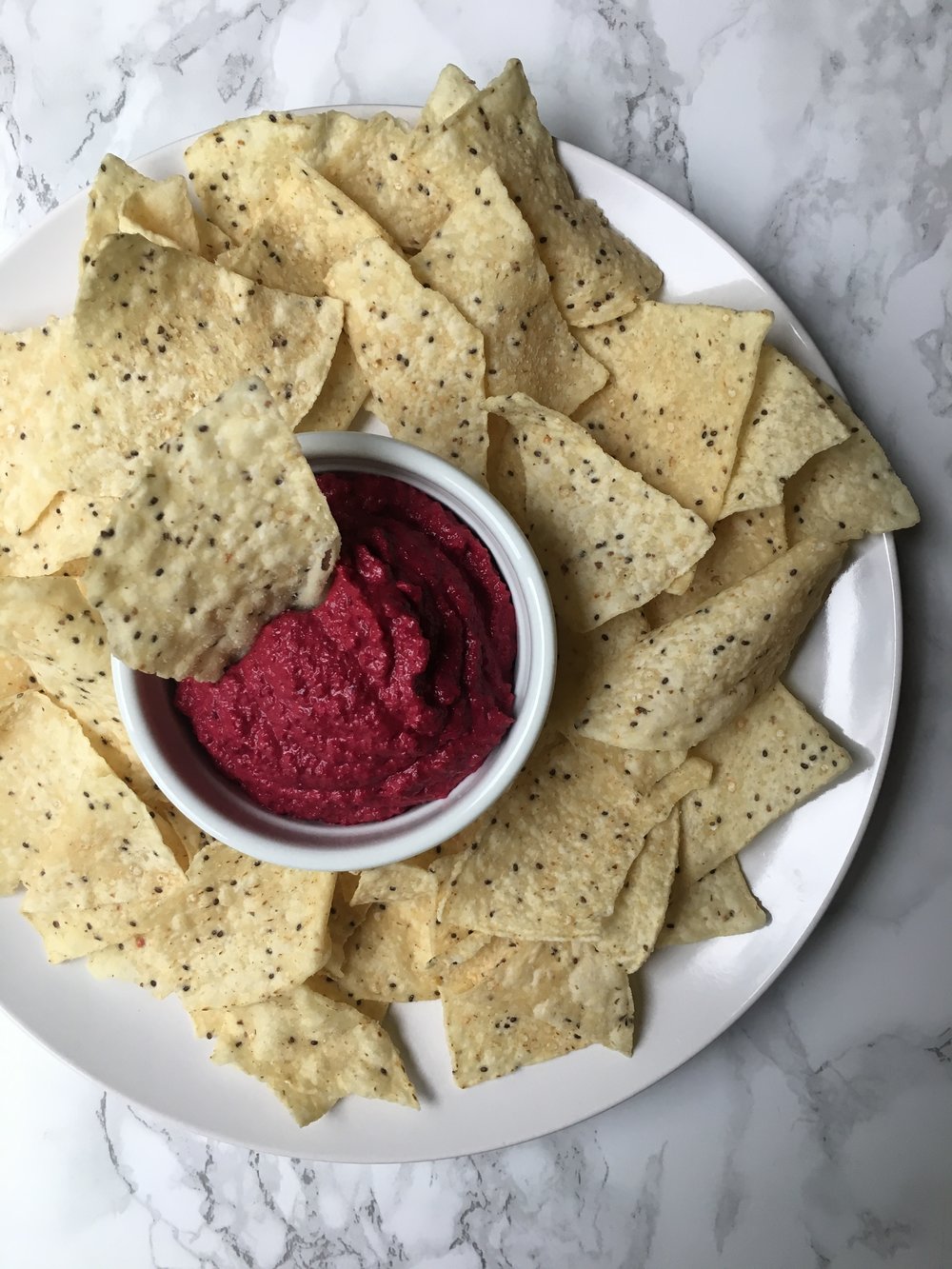
cabbage
Even though it’s harvested in the summer, cabbage is still very much in season. Did you know? – Cabbage is widely known in the Eastern world as the secret of youth! That’s because it is packed to the brim with antioxidants. Cabbage is also rich in essential vitamins like vitamins C, B, K,and A. So, of course, we think you should add this to your grocery list next time you’re at the store.
carrots
As a child, we all were told that eating carrots would strengthen our eyes. As adults, we know this to be true, along with a boat load of other benefits. Enjoying these delicious root vegetables help give your body beta-carotene, fiber, vitamin K, potassium and antioxidants. They are truly a powerhouse of nutrition! Our favorite ways to enjoy carrots either roasting, making “fries”, or showcasing them in a healing soup.
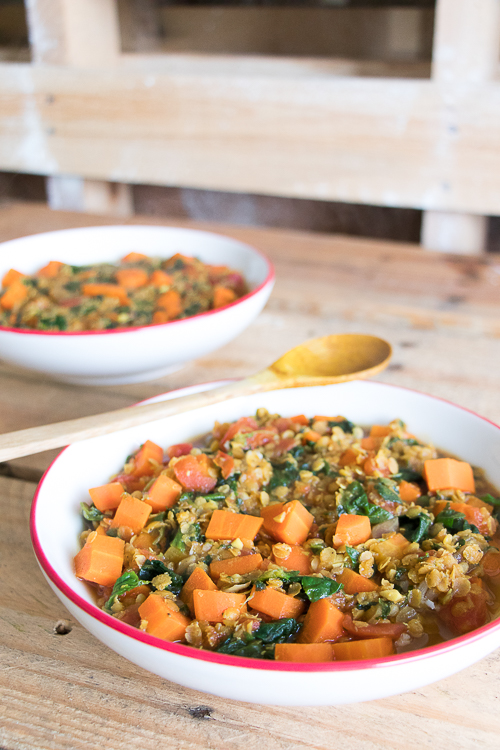
onions
They may make you shed a tear while you chop them, but those tears are worth it when it comes to onions. It’s no wonder that they are in so many recipes – they add delightful flavor to dishes. But we bet you didn’t know that they are also a great way to get in some lavish health benefits. Keeping them raw helps reduce bad cholesterol. When you add them to just about any recipe, onions help regulate your blood sugar, provide vitamin C, and fight against free radicals. So take advantage of onions being in season and add them to your next meal!
parsnips
Parsnips deserve the spotlight this month. This versatile root vegetable is both filled to the brim with flavor AND with health benefits. For starters, parsnips contain high levels of potassium, manganese, magnesium, and iron. In addition, they house an impressive range of vitamin B, C, E, and K, as well as good sources of fiber and protein. But it doesn’t stop there. These key vitamins and minerals help to aid in weight loss, strengthen your immune system, and improve heart health.
If you’re ready to give them a try this month, be on the lookout for a recipe with parsnips as the star ingredient later this month.
winter squash
From kabocha to buttercup, winter squash is a great way to stay warm AND have a nutritiously packed meal all at the same time. Each type contains immune-supportive vitamin A, free radical fighting vitamin C, fiber, and many other key vitamins and minerals to help you be as healthy as possible.
Our favorite thing about winter squash is how easy it is to make. Simply cut the squash in half length-wise and roast it to soften the flesh. Then, feel free to have some fun! Stuff your squash, make a healthy dip (with spaghetti squash), or just enjoy it Plain-Jane style. Whatever way you choose, you will be absolutely satisfied at the end of the meal.
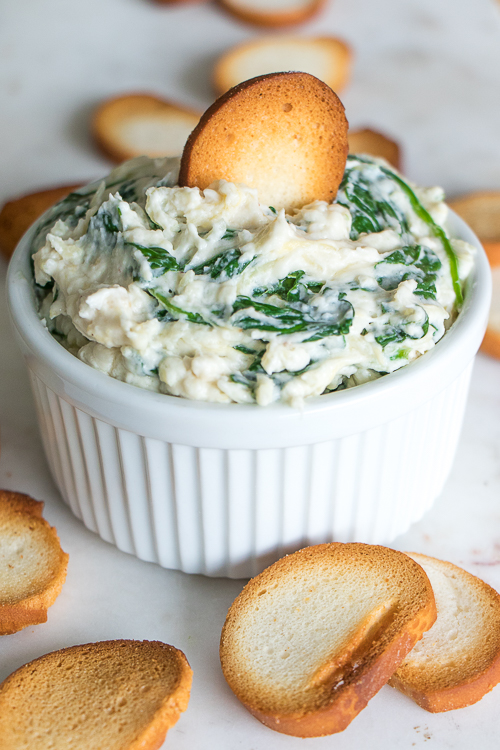
turnips
Turnips are a total winter vegetable. They thrive in the cold weather, so adding them to your meals this month is a great idea. Like beets, the entire turnip is edible and dense with nutrients. From free-radical fighting vitamin C to digestive supporting fiber, turnips are a great way to get key minerals and vitamins into your body.
Even though their taste can be fairly bland, we suggest picking up smaller turnips. These will have more of a sweet flavor than larger turnips. Shave them on top of salads, add them to your next stew, or toss with cherry tomatoes for a flavor popping appetizer at your next get together!
pears
Pears tend to be a staple food for fall. But their true season shines during the winter months. This soft and sweet fruit wasn’t called “the gift of the god” by Homer for no reason. They are rich in vitamin C and to fight free radicals within your body. They are also low on the glycemic scale, making them a good choice for those watching their blood sugar levels. Plus, they act as a great source of dietary fiber which keeps your heart healthy and can protect you against cancer-causing chemicals.
Enjoying pears can be as simple as baking them with a little honey and cinnamon. Grab that recipe, from our own Lynn Dougherty, right here!


